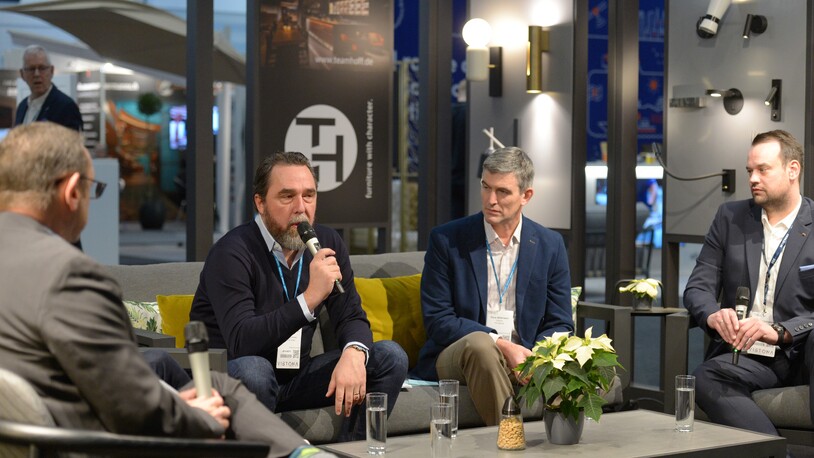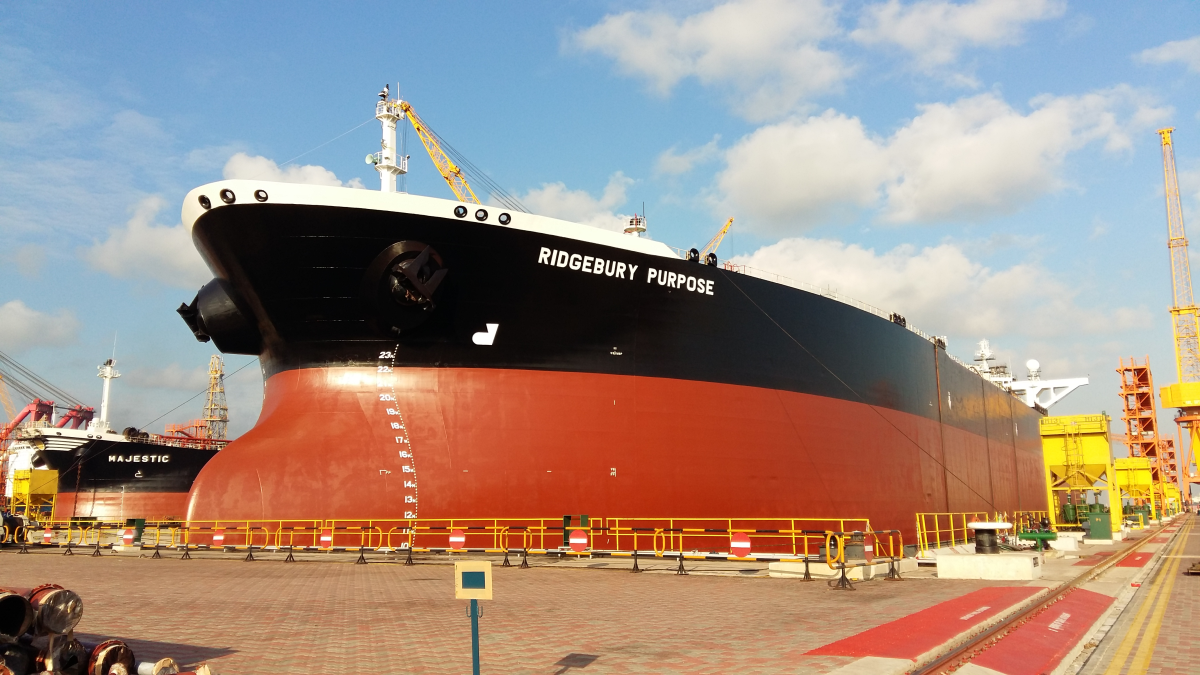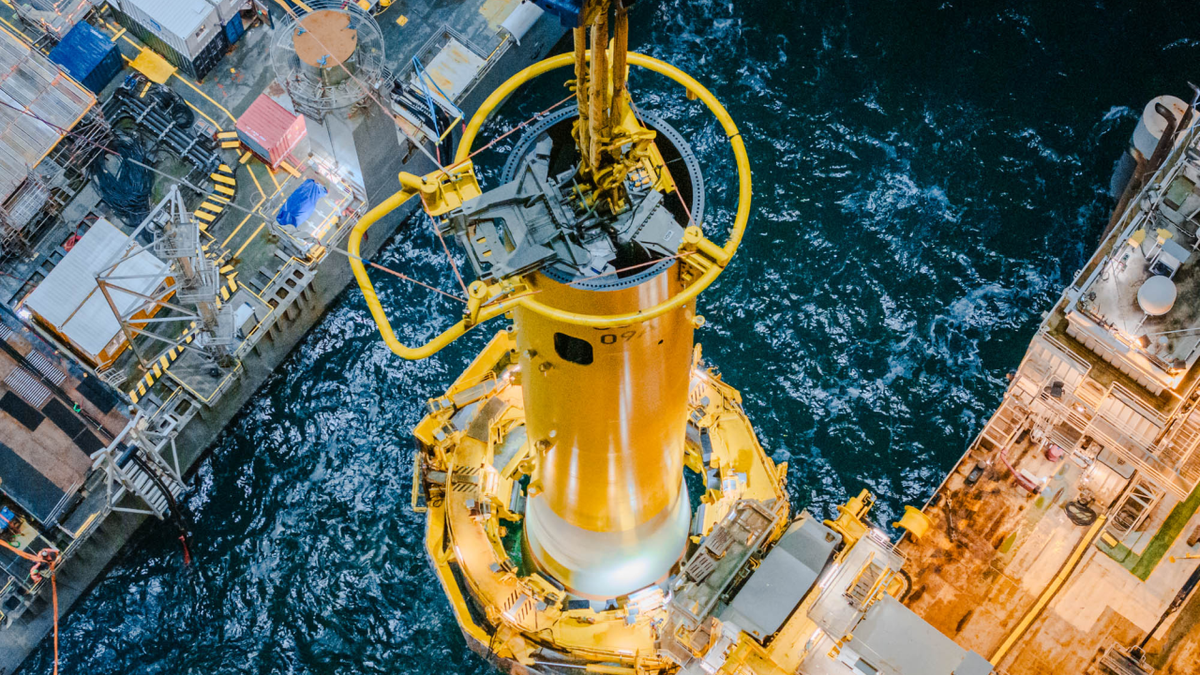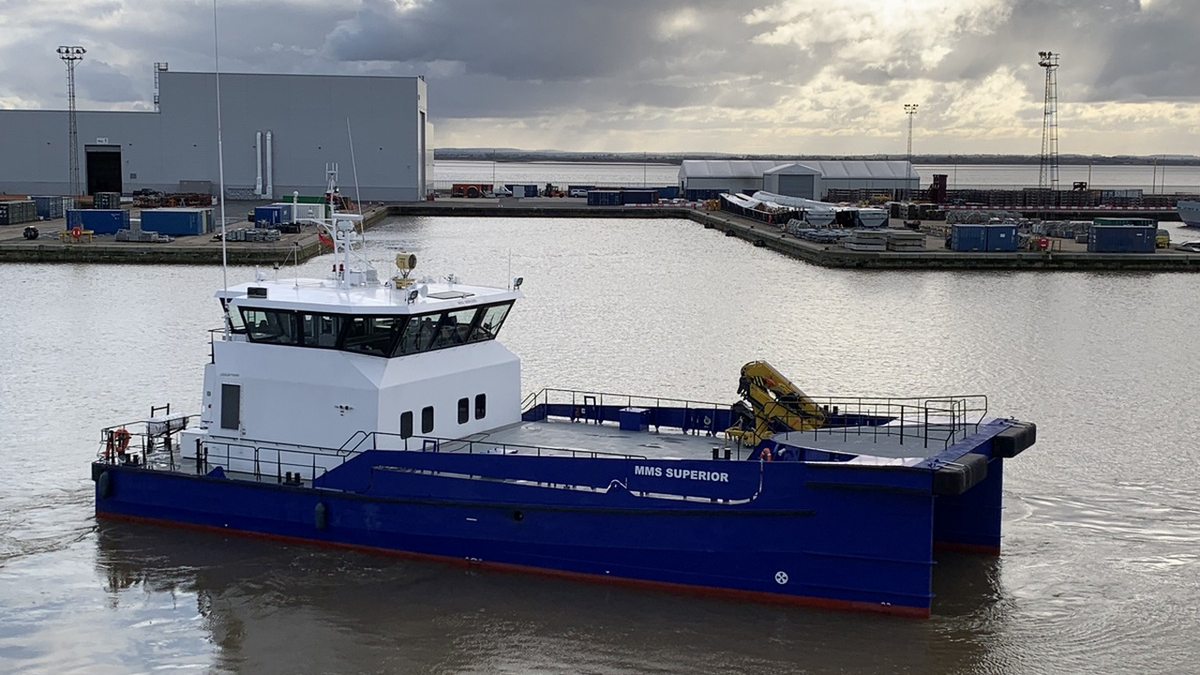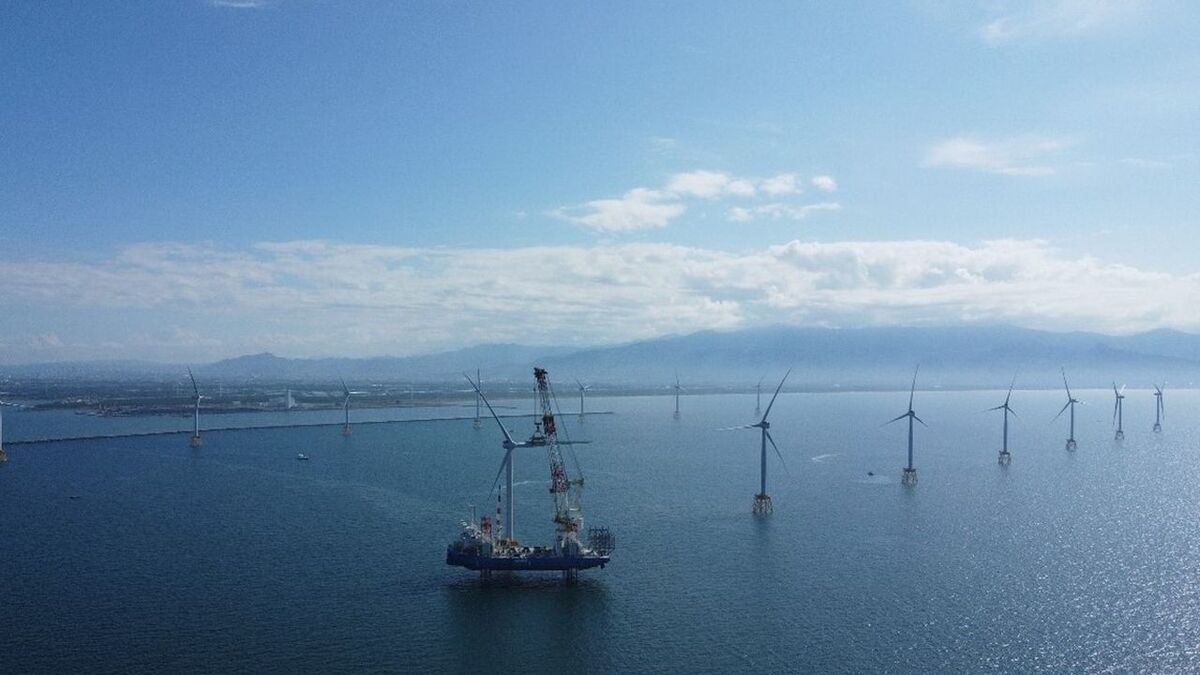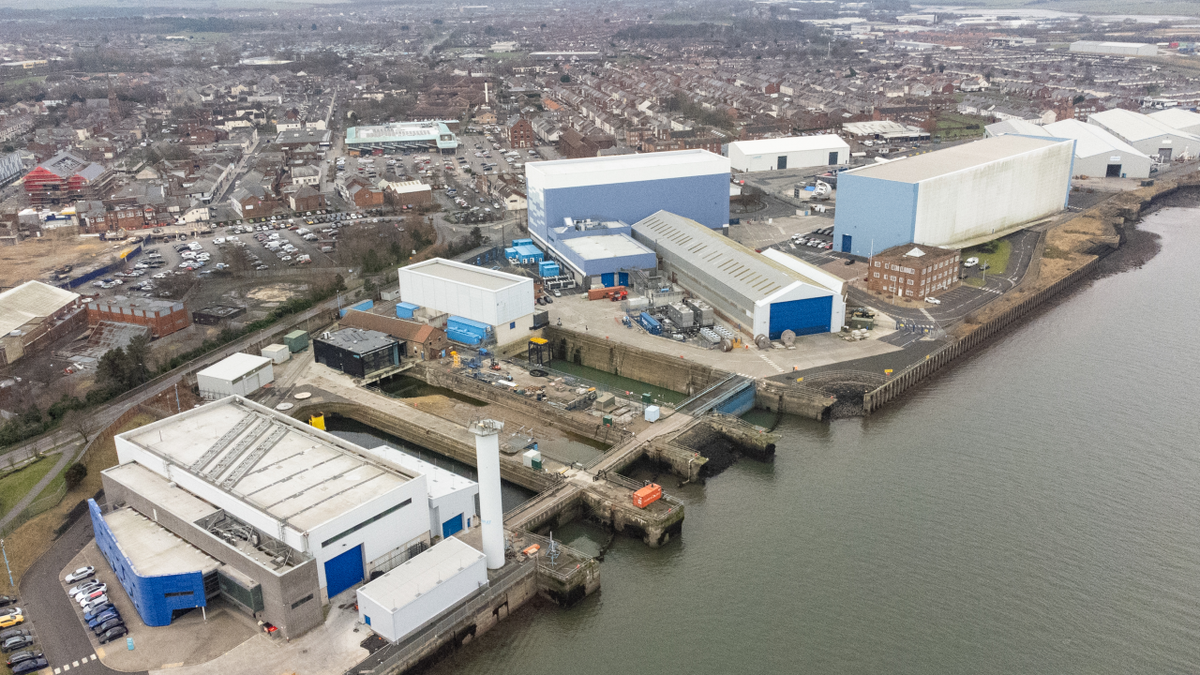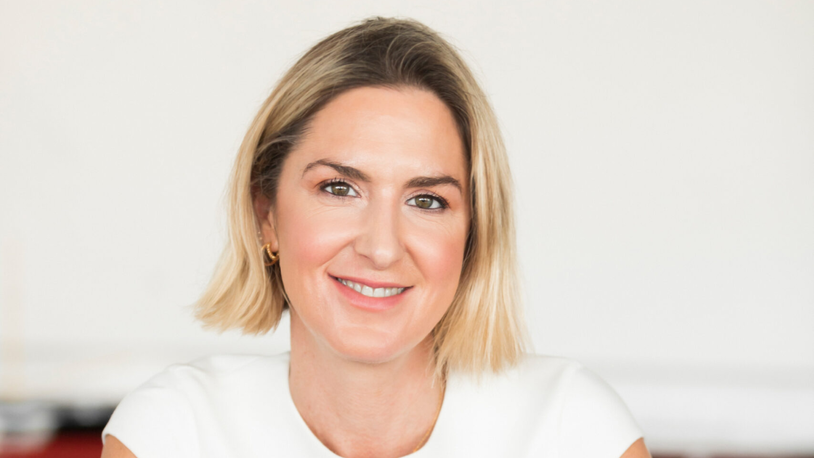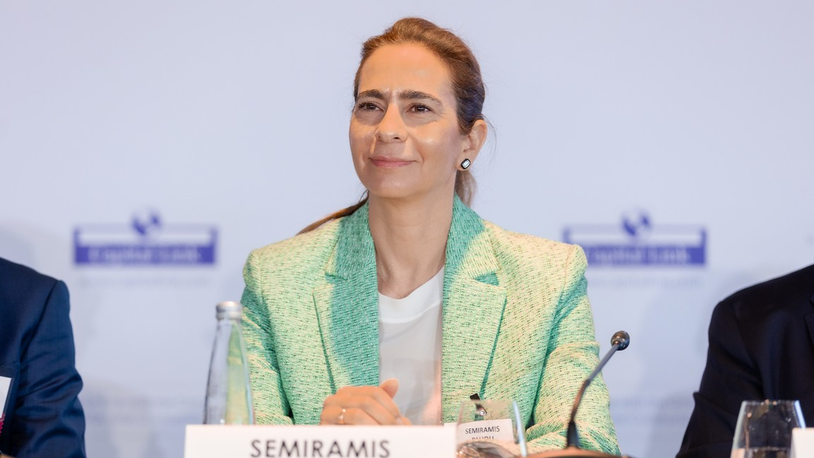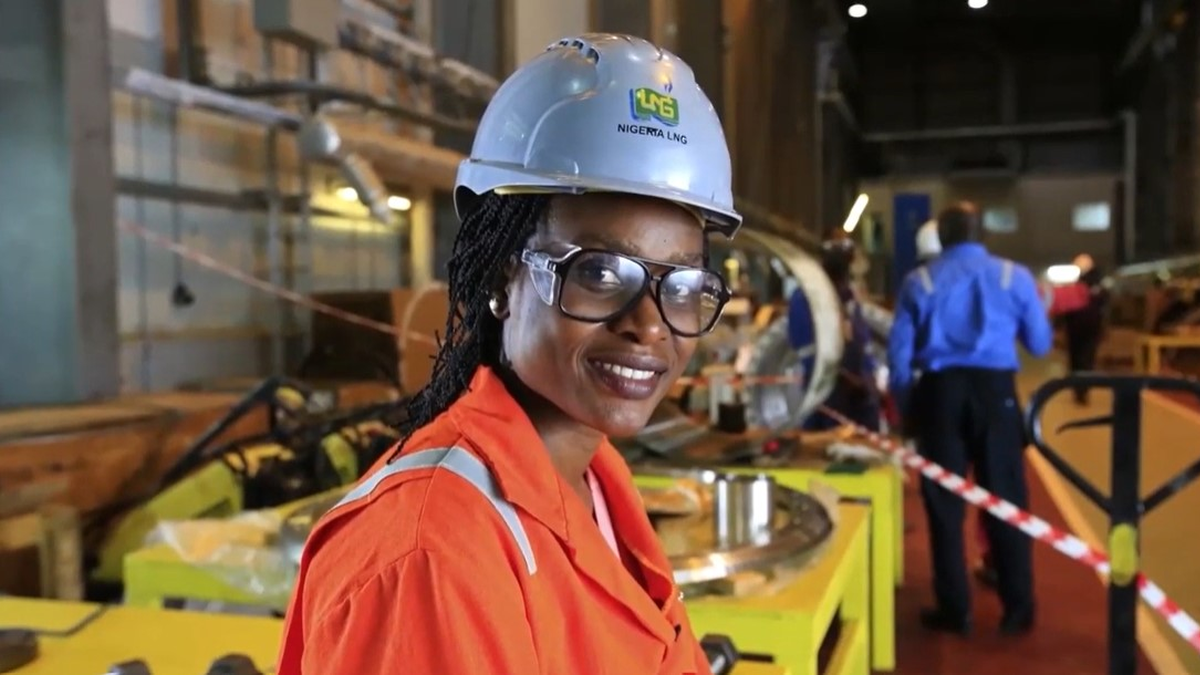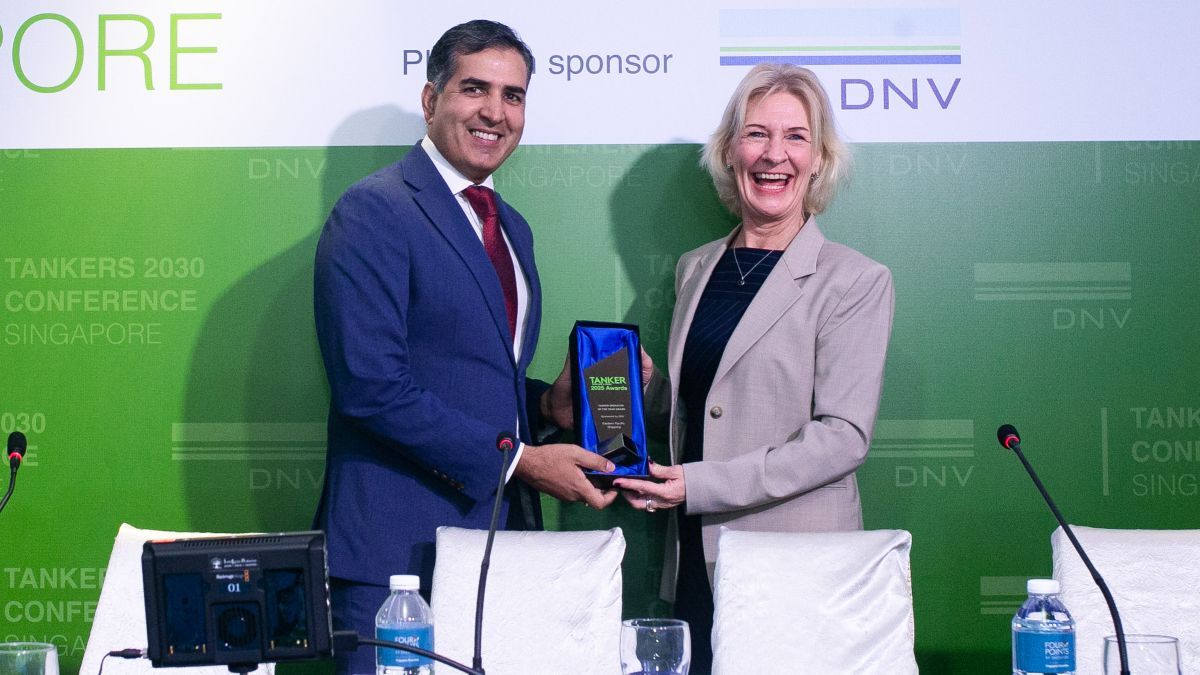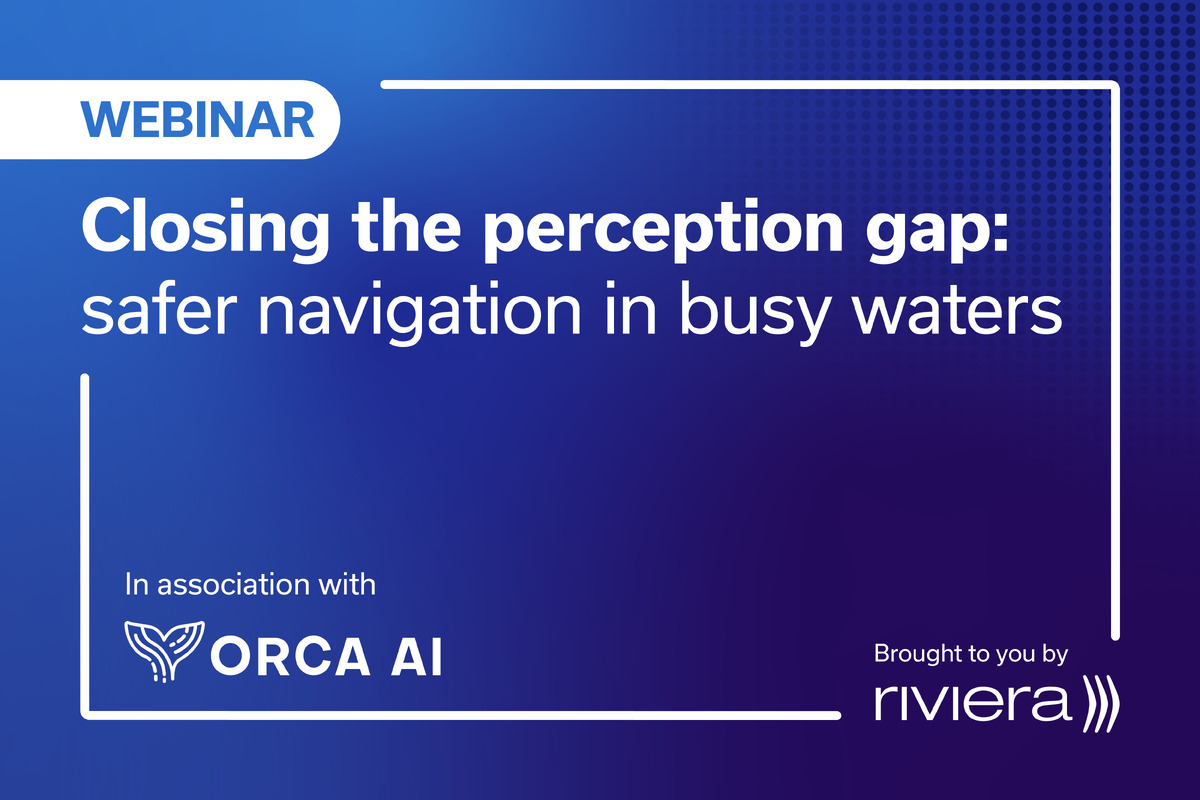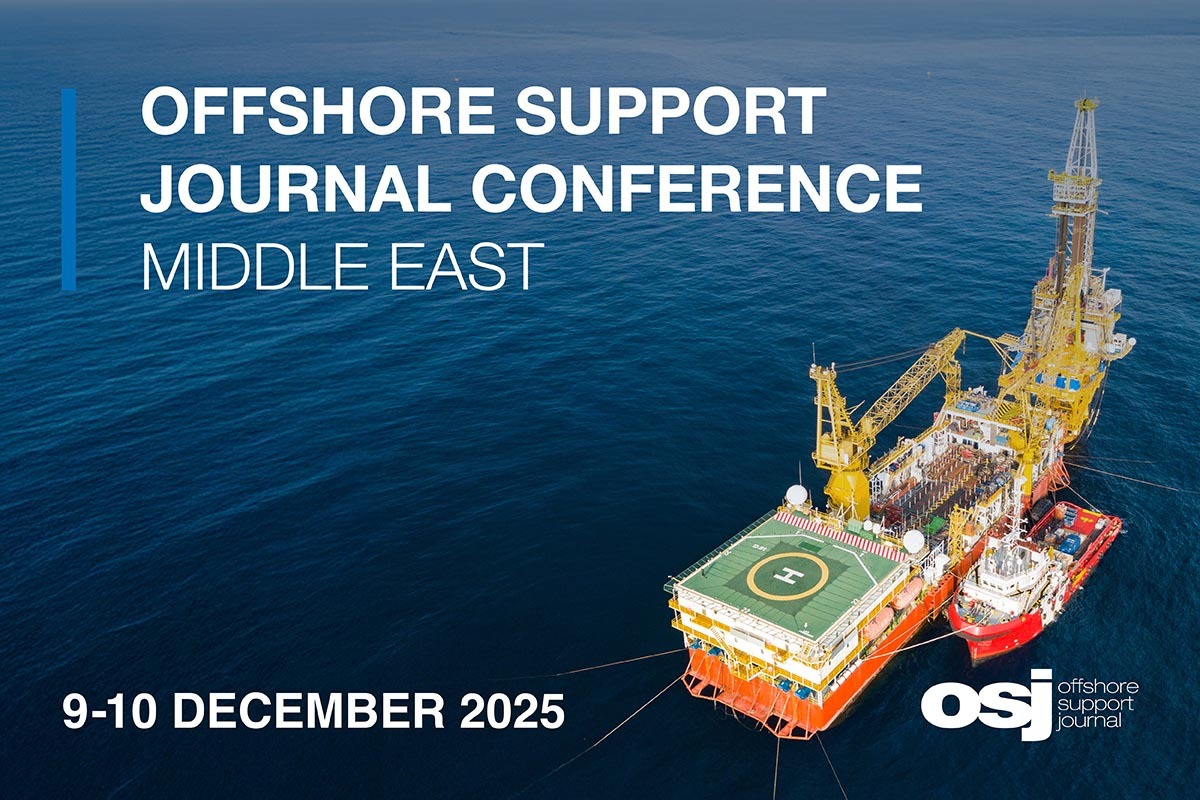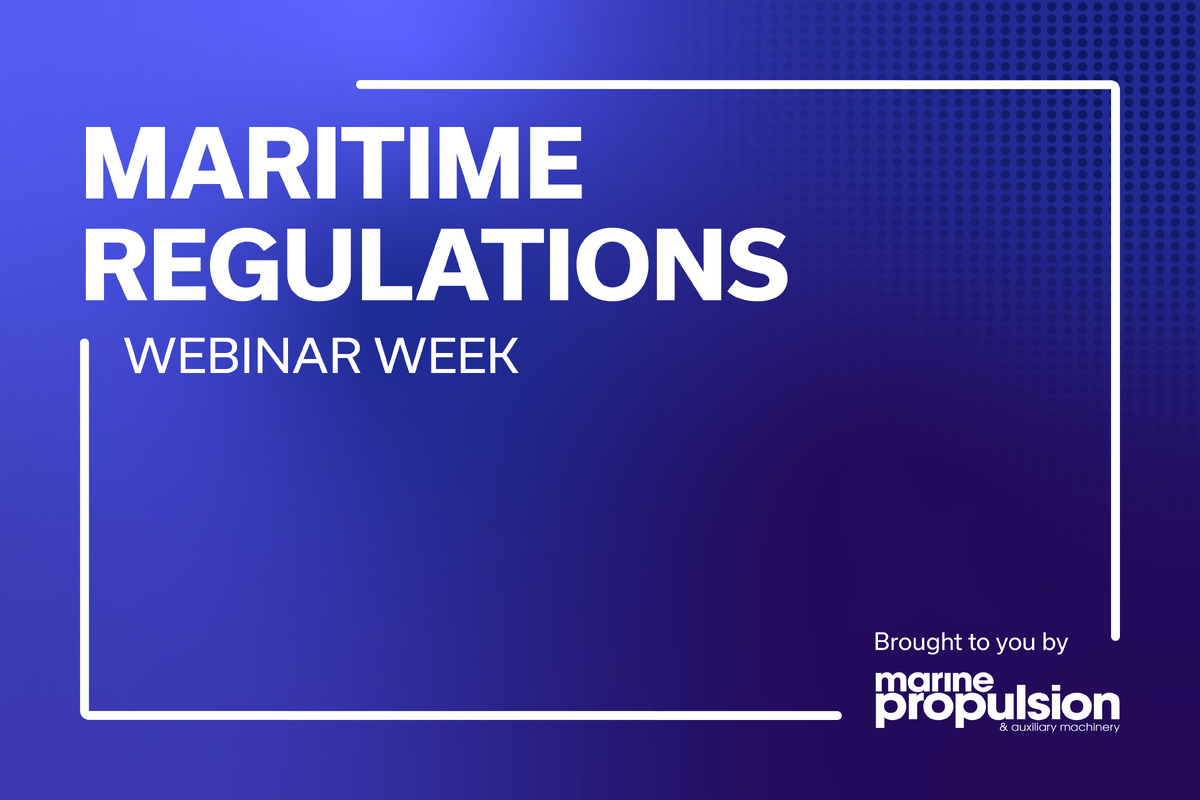Business Sectors
Contents
Tanker S&P strategies require a rethink in an era of the dark fleet
Chinese and Korean buyers diverge as Asian tanker S&P trends evolve in Asian markets since 2020
According to Matt Freeman, Veson’s vice-president, valuations & markets, and Felix Tordoff, its junior valuation analyst, the timing of sale and purchase (S&P) decisions drives long-term returns. In a new Veson report, “The Changing Face of Asian S&P Trends” the duo note that while freight earnings attract headlines during peaks and troughs, the lasting differentiator of profitability often lies in the timing of acquisitions and disposals.
Mr Freeman and Mr Tordoff note how Asian owners have shaped their S&P strategies in response to market cycles since 2020, with a focus on the MR2 and VLCC segments. Using data from Veson’s VesselsValue Deals Database, the report traces whether investment has followed deliberate countercyclical timing, opportunistic earnings plays, or wider strategic imperatives.
Countercyclical investment, in theory, is simple: buy tonnage when values are depressed and sell into recovery. But ‘buy low, sell high’ execution is difficult, requiring capital availability when banks retreat, operational expertise to endure downturns, and the confidence to invest against prevailing sentiment. Pro-cyclical expansion, in contrast, may deliver rapid returns but risks erosion once supply floods in. The interplay of these approaches defines modern S&P behaviour and embodies the interplay of risk and reward in shipping. Successes and failures turn on the precision of timing.
Mr Freeman and Mr Tordoff note that between 2020 and 2025, tanker markets swung sharply. VLCC one-year time charter earnings moved from nearly US$51,000/day in early 2020 to US$28,000/day a year later, before recovering above US$40,000/day by 2023. MR2 rates climbed close to US$29,000/day in early 2023, before slipping below US$20,000/day by mid-2025. Asset values followed: five-year-old VLCCs ranged between US$61M in weak markets and US$115M in peaks. Such volatility illustrates the tendency of markets to overshoot in both directions, creating opportunities for both countercyclical and pro-cyclical plays.

VLCCs: from pandemic surge to structural split
The VLCC sector was jolted in April 2020 when the collapse in oil demand coincided with the Saudi-Russia price war. With 11% of the global fleet tied up in floating storage and spot rates surging to US$190,000/day, traditional countercyclical theory might have prescribed selling into strength. Yet the extreme volatility made timing nearly impossible, note Mr Freeman and Mr Tordoff.
Russia’s invasion of Ukraine in 2022 brought structural change, triggering the largest redirection of crude flows in modern history. Europe’s intake of Russian crude dropped to just 6% by 2024, while China absorbed 47% and India 37–38%. Voyage lengths expanded from around 1,500 nautical miles to over 12,000, injecting ton-miles equivalent to 8–10% of the global fleet. Sanctions fractured the VLCC market into two systems: compliant vessels; and the so-called “dark fleet”, estimated between 900 and 1,650 tankers, with an average age of 18.1 years compared with 10.4 years for the legitimate fleet. Economics inverted, as older vessels in sanctioned trades commanded premiums, note Mr Freeman and Mr Tordoff.
This two-tier market is reflected in asset values. In 2025, 20-year-old VLCCs appreciated 18.1% and 25-year-old units by 31.9%, while five-year-old ships gained only 0.5%. The July 2025 sale of Eon (307,300 dwt, 2007, Dalian) for US$44M was almost double the 1992–2025 median of US$22.3M, note Mr Freeman and Mr Tordoff. Traditional pricing models are distorted by sanction-driven demand.
VLCC time charter equivalent earnings (TCEs) stabilised at around US$40,000/day in 2025, supported initially by ton-mile gains but now reflecting a market approaching cyclical peak. With newbuilding prices near US$130M, an orderbook at 16% of fleet, and slowing Chinese imports, these point to limited upside, say Mr Freeman and Mr Tordoff.
MR2s: classic cycles and recent erosion
The report notes that the MR2 market displayed more conventional cycles. Rates surged in early 2020 from floating storage demand, collapsed through 2021, and rebounded after Russia’s invasion rerouted product flows. The orderbook reached 274 vessels by spring 2025. Since June 2024, rates fell 36.8% to US$19,500/day and asset values followed: benchmark 10-year MR2s down 14.4% and 20-year units 26.8%. Despite erosion, buyers continued to secure modern units, betting on recovery. This confidence reflects MR2s’ trading flexibility, but also shows countercyclical positioning, note Mr Freeman and Mr Tordoff.
Asian VLCC buying behaviour
The report notes that Chinese buyers accounted for 41% of Asian VLCC purchases between 2020 and 2025. Transactions rose sharply in 2021 to 40 vessels, before moderating in 2023 and rising again in 2024. Preferences skewed heavily towards older tonnage: 81% over 15 years, with an average purchase age of 17.8 years. Only 6.4% of purchases involved ships under 10 years old. China therefore stands out as the primary acquirer of vintage units.
South Korean buyers transitioned from peripheral to material players, accounting for nearly one-fifth of Asian purchases. From a single vessel in 2020, acquisitions grew to 22 in 2024. Koreans targeted mid-life tonnage, with 62% in the 10–15-year bracket and no vessels over 17.8 years. The average purchase age was 12.2 years, underlining a preference for quality and younger units.
Singapore’s acquisitions were stable but declining, while Hong Kong’s profile reflected its role as a leasing and re-sale hub. Japan, Malaysia, Vietnam and Thailand remained marginal in VLCC purchases. Overall, China and Korea together accounted for 72% of Asian VLCC transactions by 2024, up from 32% in 2020. The two pursued contrasting approaches: China focused on discounted vintage vessels; Korea on younger quality units, note Mr Freeman and Mr Tordoff.
Asian MR2 acquisitions
China also dominated MR2 acquisitions with 193 vessels since 2020, or 44% of Asian purchases. Its share peaked at 66% during the pandemic but declined before rebounding to 46% in 2025. Unlike VLCCs, China showed a bifurcated profile, with 42% of purchases under 10 years and 48% over 15 years.
Japanese buyers increased their presence, accounting for 25% of Asian MR2 acquisitions in 2025, with an average purchase age of 7.4 years. No acquisitions were over 15 years. South Korean buyers also rose, focusing exclusively on units under 10 years with an average age of 6.8 years. Singapore and Hong Kong saw a rise in acquisitions, reaching a combined 41 units in 2024. Other Asian buyers maintained modest but steady activity.
This pattern created a more competitive, multipolar second-hand MR2 market, note Mr Freeman and Mr Tordoff. Japan emerged as a consistent growth story with a youth-focused strategy, Korea remained selective, and Chinese buyers maintained dominance while others expanded their share.
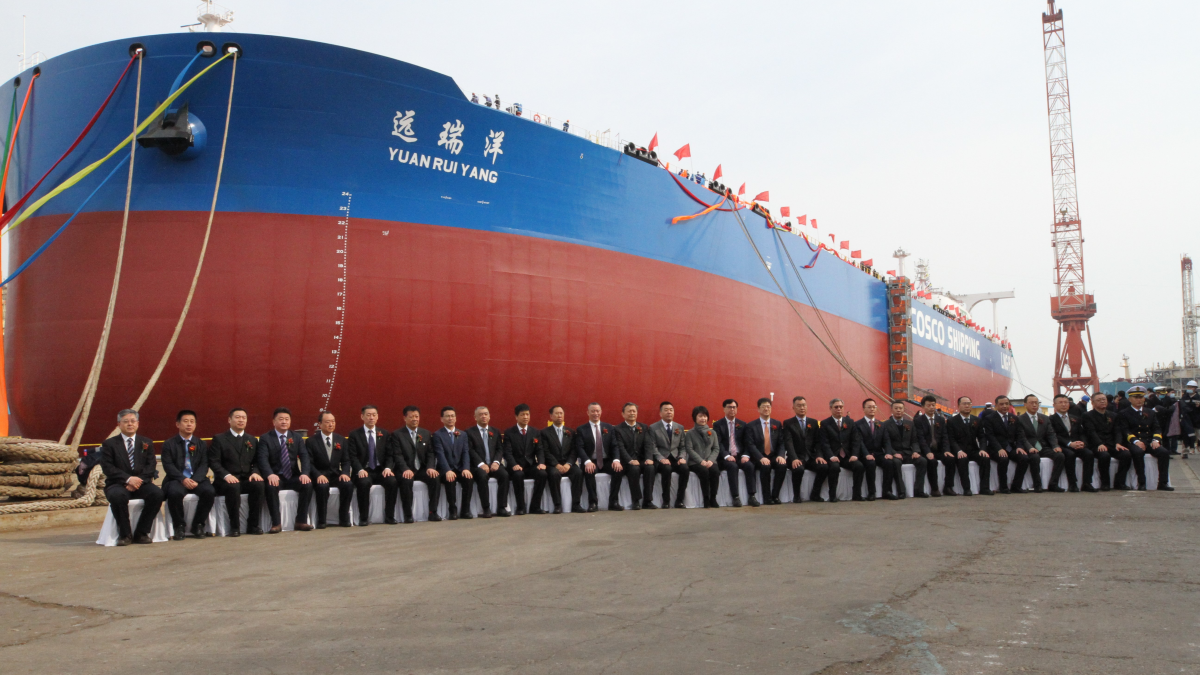
Parallel employment systems
The fragmentation of markets into mainstream and dark segments has created parallel frameworks. Chinese buyers, state-backed or private, move across both. Japanese and Korean owners are constrained by environmental, social and governance requirements and sanctions exposure. Heavy Chinese accumulation of aged VLCCs reflects deliberate positioning within the dark fleet. Paying premiums for end-of-life units appears irrational in conventional markets but rational when considering shadow trade employment, note Mr Freeman and Mr Tordoff.
Financing structures
Chinese buyers benefit from preferential access to policy banks and leasing companies. This provides resilience during downturns and less dependence on short-term returns. By contrast, Japanese and Korean firms, often publicly listed or private equity backed, operate under more conservative financing models that limit exposure to older tonnage. These structures, say Mr Freeman and Mr Tordoff, explain why Korean and Japanese buyers target younger vessels while Chinese entities accumulate aged ships.
India’s crude imports
A hidden driver has been India’s surge in Russian crude imports. Oceanbolt data shows voyage distances increased 78% post-invasion, pointing mainly to Asian destinations. India’s monthly imports of Russian crude rose 1,232%, from 405,200 barrels pre-invasion to 5.4M barrels post-invasion. This created demand, say Mr Freeman and Mr Tordoff, for shadow tonnage, as Indian refiners captured discounts without owning ships. Some Chinese entities exploited this by serving both Chinese and Indian markets, treating vessels as swing assets. This explains, note Mr Freeman and Mr Tordoff, clustering around older tonnage: Indian demand provides a reliable employment base.
Environmental regulation and renewal
The IMO’s Carbon Intensity Indicator regime, effective since 2023, is reshaping behaviour. Vessels failing to meet standards by 2030 face exclusion from trades, risking early obsolescence. Japan has responded with a clear focus on renewal. Of 45 dual-fuel VLCCs ordered, Japan accounts for 29%, China 20% and Singapore 11%. Japan’s limited role in second-hand VLCCs is balanced by a strong commitment to dual-fuel newbuildings. Chinese participation is uneven, with some buyers pursuing older tonnage for dark trades while others embed low-carbon investment. The market, say Mr Freeman and Mr Tordoff, therefore reflects both opportunism and regulatory compliance.
Valuation frameworks
Discounted cash flow (DCF) analysis provides a counterbalance to sentiment by modelling net present value of expected cash flows, including income, costs, capex and residual value. It enables scenario testing and systematic stress assessment. When DCF exceeds market prices, pessimism signals a buying window; when below, optimism may have overshot. In the MR2 market, where values have eroded, DCF analysis clarifies whether declines reflect risk or opportunity, note Mr Freeman and Mr Tordoff.
Conclusions
The Veson whitepaper concludes that Asian S&P behaviour since 2020 reveals both traditional countercyclical patterns and structural strategies. MR2s exhibit classic cycles, attracting buyers during downturns. VLCCs have fragmented into two systems: compliant trades dominated by Korean and Japanese buyers targeting young tonnage; and shadow trades where Chinese buyers accumulate aged vessels. Sanctions, Indian crude imports, and environmental regulation have complicated traditional cycle dynamics without eliminating them.
The second-hand market is now shaped by both cyclical opportunism and structural forces, note Mr Freeman and Mr Tordoff. For Korean and Japanese buyers, the priority is younger, compliant tonnage aligned with financing and regulation. For Chinese entities, strategy is split between shadow fleet deployment and selective investment in greener tonnage. The result is a fragmented but dynamic Asian role in global S&P, reflecting the intersection of cycles, geopolitics, finance and regulation.
Riviera’s Tankers 2030 Conference, Singapore will be held 19-20 November 2025. Use this link to register your interest and attend the event.
Related to this Story
Events
Offshore Support Journal Conference, Middle East 2025
Maritime Regulations Webinar Week
© 2024 Riviera Maritime Media Ltd.

